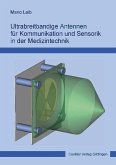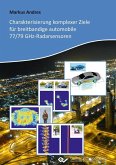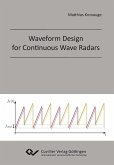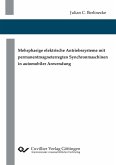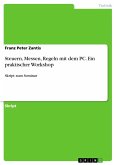With the growing number of driver assistance functions in today's cars, market penetration of radar sensors and therefore the probability of interference between radar sensors occupying the same frequency increases alike. Understanding these interference effects is essential, as the radar sensors also provide information for safety relevant systems.
In this thesis, a model for interference between radar sensors utilizing FMCW (Frequency Modulated Continuous Wave) waveforms is developed. The model covers the classic FMCW waveforms with single ramp data processing as well as the fast ramp (also known as chirp sequence) signal processing with Doppler evaluation. The model also includes multiple receive channels and non-linearities in the receiver chain. It is used to simulate different scenarios that are relevant in the automotive environment in order to describe the different interference effects that may occur in an FMCW radar sensor. Subsequently, different interference detection and mitigation techniques are presented and evaluated. The cancellation methods are: time domain nulling (with and without smoothing of the transitions between active and nulled signal), adaptive beamforming and the combination of the aforementioned techniques with dual apodisation. The simulations are also used to estimate the effects to be expected from real life measurements which are also presented. These were conducted with an experimental radar sensor operating in the 77 GHz automotive radar band. The necessary interference signals were produced either by a signal generator for automotive radar signals (the Norm Interferer) or other automotive radar sensors operating in the same frequency band. The measurements conducted with the automotive radar sensors show the relevance of the simulated effects in real life situations. Finally, the angle estimation of the interference signal created by a series radar sensor is demonstrated.
Dieser Download kann aus rechtlichen Gründen nur mit Rechnungsadresse in A, B, BG, CY, CZ, D, DK, EW, E, FIN, F, GR, HR, H, IRL, I, LT, L, LR, M, NL, PL, P, R, S, SLO, SK ausgeliefert werden.



